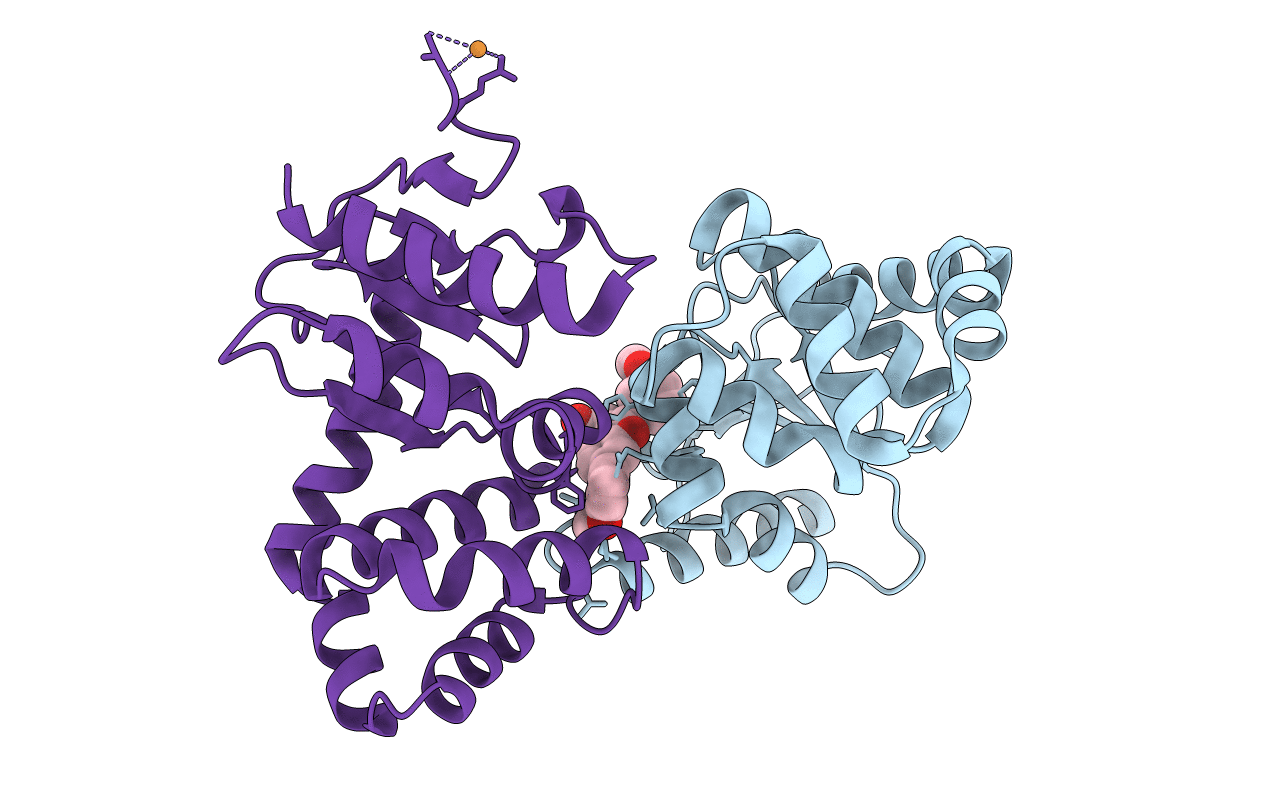
Deposition Date
2020-07-15
Release Date
2021-08-11
Last Version Date
2024-11-20
Entry Detail
PDB ID:
6XSP
Keywords:
Title:
Crystal structure of E.coli DsbA in complex with 2-(2,6-bis(3-methoxyphenyl)benzofuran-3-yl)acetic acid
Biological Source:
Source Organism:
Escherichia coli (strain K12) (Taxon ID: 83333)
Host Organism:
Method Details:
Experimental Method:
Resolution:
2.30 Å
R-Value Free:
0.24
R-Value Work:
0.19
R-Value Observed:
0.19
Space Group:
C 1 2 1


